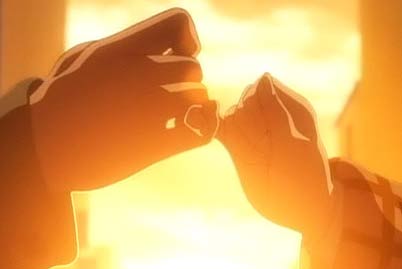I wrote recently about how Japanese ESL students were sometimes surprised that Americans have a subject in school called English, and wondered what on Earth we could possibly be studying there, since we obviously all know the language automatically just by being born. For the record, the Japanese study “Japanese” in school, too, although the subject is called kokugo, (国語) literally “national language.” In this class, Japanese children start the task of learning to read and write their language properly, jumping right in with the first 80 or so kanji characters in first grade and completing the 1006 joyo or “common use” characters by the end of the sixth grade. In addition to Chinese characters, of course, Japanese read a lot, and develop their cultural identity in part through such classics of Japanese literature as “Run, Melos!” by Osamu Dazai (the story of a man in ancient Greece who has just three days to attend his sister’s wedding then run back in time to save his friend), or the poem by Kenji Miyazawa “Not losing to the rain/Not losing to the wind” that’s about as famous as “And miles to go before I sleep” in the U.S. Just as I had to read hard-to-understand works like Beowulf and Chaucer, the Japanese are required to slough through classics like the Tale of Genji, the story of a fictional Japanese Emperor in the Heian Period that has more than 400 characters in its dramatis personae. The Japanese know that their educational system stresses rote memorization too much, for example tying the date of the Kamakura Shoganate (1192) to the phrase “let’s build a good country” (ii kuni o tsukurou) rather than understanding the event critically, and increasingly there’s been a trend towards having students write more essays and do class presentations to show that they really understand the material in question.
Hope this image below isn’t offensive. It’s one of the examples good old Debito Arudo, the defender of gaijin’s rights, lists as something that foreigners should be upset about, despite the fact that it’s, well, quite an accurate portrayal of what we foreigners look like when we walk abound like fools, unable to communicate. I guess we should all be as sensitive as possible…)
















